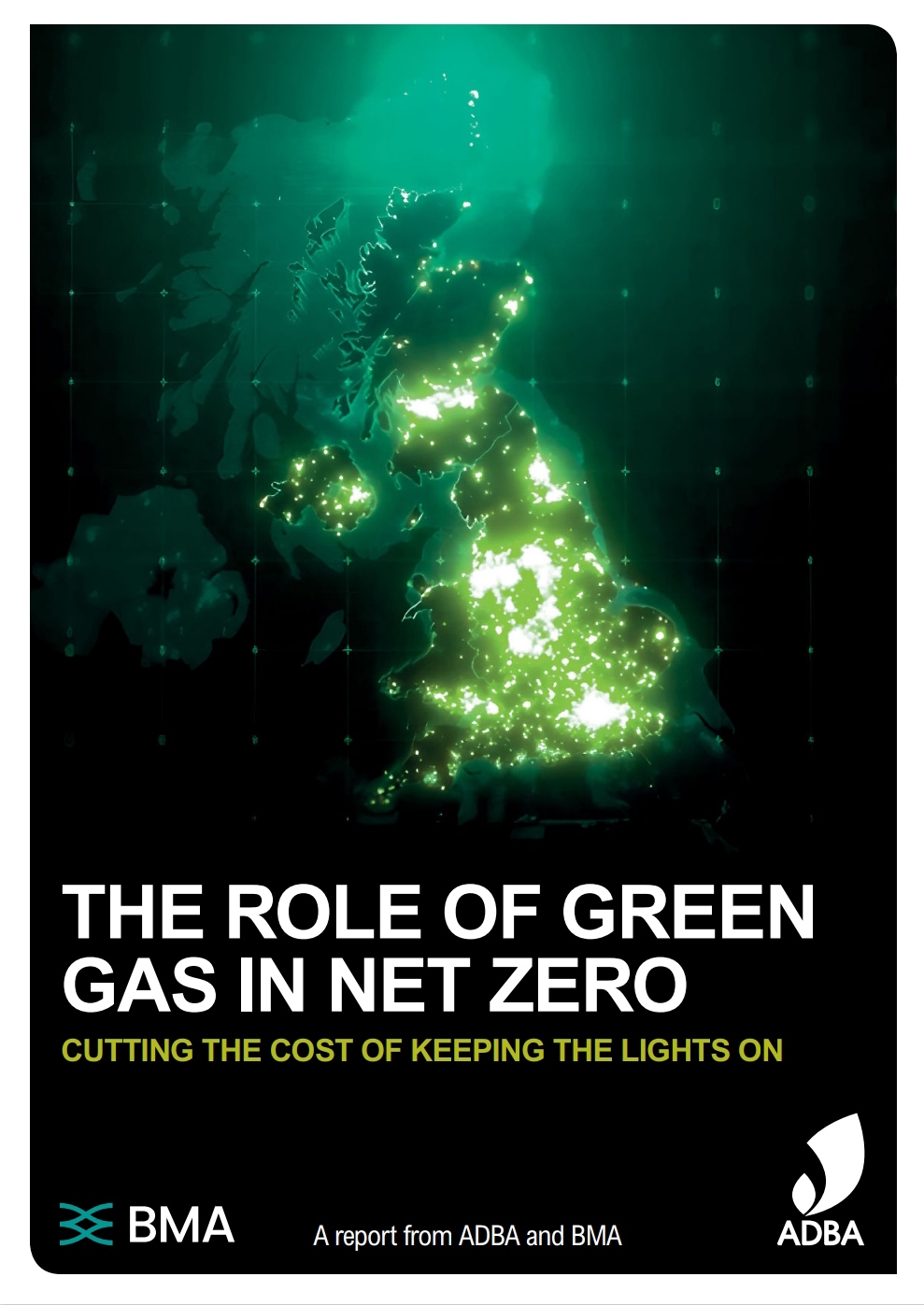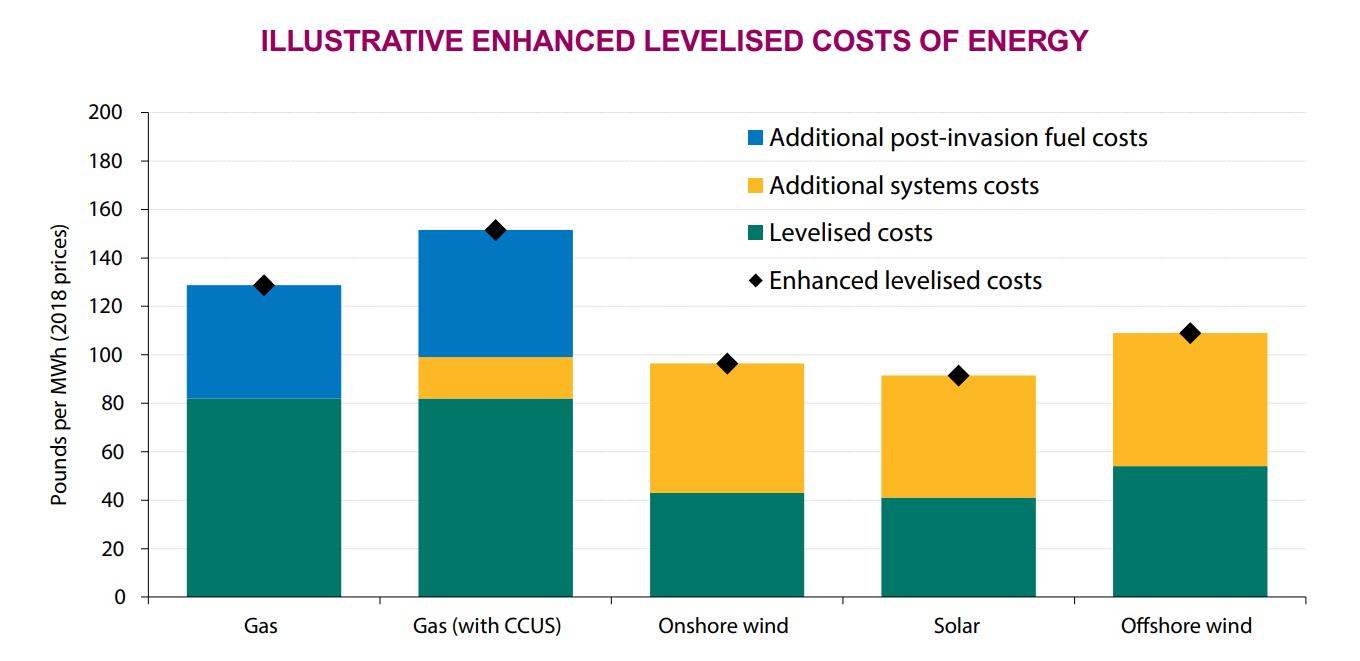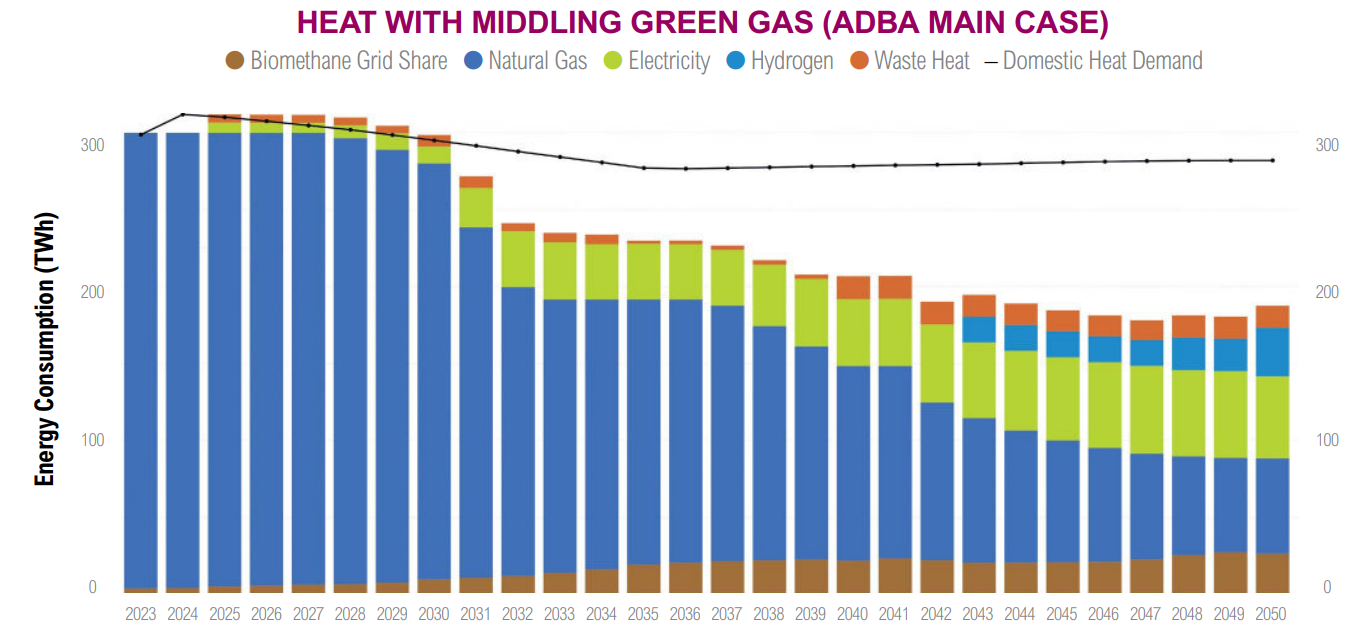
In times of energy instability and rapid climate challenges, the United Kingdom is looking for effective ways to achieve its ambitious goal of carbon neutrality by 2050. One of the most promising areas is the development of biogas and biomethane, a “green” gas.
The report, The Role of Green Gas in Net Zero, was prepared by the Anaerobic Digestion and Bioresources Association (ADBA) in the United Kingdom in collaboration with Business Modelling Applications (BMA). It is based on the latest computer modeling (an AI-assisted planning system) and demonstrates that biomethane can be the key to achieving climate goals cheaper, faster and more reliably. The 2024 report proves that the active introduction of biomethane will help achieve the Net Zero goal by 2050 much cheaper and with fewer risks than the government’s scenario.
Underestimation of biogas in the UK
The russian invasion of Ukraine and soaring gas prices have significantly changed the approach to energy supply and consumption in Europe. The EU has relied on biogas and biomethane as a domestic resource and a complete analog of fossil natural gas. However, British policy on this issue has not shown such flexibility.

Additional systems costs are the mid-point of BEIS’s high and low scenarios. Source: BEIS, OBR.
The fundamental problem has been an underestimate by UK policy-makers of how much organic material could be used to generate biogas. The latest government biomass strategy – which included biogas – said that we could generate 35 terawatt hours of energy from our feedstocks. In fact, recent studies put the total that could be produced by green gas at anywhere between five times and 16 times higher than the Government’s target.
This chronic underestimate of the potential of the sector has led to policy neglect: there are three times as many civil servants working on hydrogen as biogas. In an oversight, the sector is penalised by the Emissions Trading Scheme as it treats biogas as if it were fossil natural gas.
Biomethane is a way to save money
In a scenario of middle expansion of biomethane use (up to 100 TWh per year by 2050), the UK energy system could save £298 billion, which is equivalent to £415 per year for each national household.
Also, the rapid development of biomethane could save £22 billion by 2030, bringing us closer to the government’s goal of a clean energy system.
The scenario of 100 TWh of biomethane allows:
- Reduce the need to build new heating networks by £40 billion.
- Avoid installing expensive heat pumps in hard-to-reach buildings.
- Reduce investment in wind power generation.

Source: ADBA.
Carbon-negative potential
The process of biomethane production (anaerobic digestion) not only replaces fossil fuels, but also absorbs carbon from the atmosphere. During the purification of biogas for feeding into the gas grid, CO₂ is separated and can be safely captured and stored.
A single 75 GWh plant can capture up to 10,000 tons of CO₂ per year. If the technology is scaled up to 100 TWh across the country, it will be up to 14 million tons of captured CO₂ annually.
Flexibility and stability
One of the main problems with wind and solar energy is the unpredictability of production. On the other hand, biomethane solves this problem, as it can be produced and stored year-round and transported through the existing gas network.
By diversifying the renewable energy mix to include more green gas, the energy system becomes more robust and resilient, and more likely to meet climate targets. The increased use of green gas will also ensure that no single technology is pushed to do too much, too fast, or too expensively.
Transport and agriculture
Biomethane can be used as a truck fuel, replacing diesel. According to a DfT analysis, biomethane gas trucks are already 30% more expensive than diesel trucks and around half of a battery trucks.
It is likely that the potential of renewable gas trucks is still underestimated, as is the speed of decarbonization of commercial vehicles. The most interesting factor is that there is very little hydrogen penetration into the transport fleet in this base case biomethane scenario.
In agriculture, biomethane can contribute to the energy independence of farms — especially through the processing of manure and agricultural waste. At the same time, digestate (organic fertilizer) can replace up to 30% of imported nitrogen fertilizers. It maintains soil fertility and reduces farmers’ costs.
The digestate reduces up to 35 million tons of CO2 per year. However, encouraging the use of biofertilizers requires a targeted agricultural decarbonization policy.
ADBA’s 10-Point Biogas Roadmap
-
Build 1,000 new biogas plants to shield consumers from sky-high prices.
-
Replacing synthetic fertilizers with biofertilizers (using digestate).
-
Utilization of agricultural waste through anaerobic digestion.
-
Create 18,000 new skilled jobs across the UK.
-
Stop the Emissions Trading Scheme penalising green gas.
-
Pledge to establish a plan to decarbonise farming.
-
Ease local planning with guidance to every local authority.
-
Ease permitting and grid connections.
-
Ban food waste going to landfills and mandate weekly food waste collections.
-
Curb climate change from powerful methane.
The report emphasizes the importance of a net zero transition by reducing costs and properly accounting for the potential of biomethane’s contribution. The UK can use this potential either to go faster or to de-risk more demanding carbon budgets. The key point here is that the addition of more green gas to the energy mix gives policy-makers more choices and options, and makes them less reliant on unproven technologies delivering what they promise.